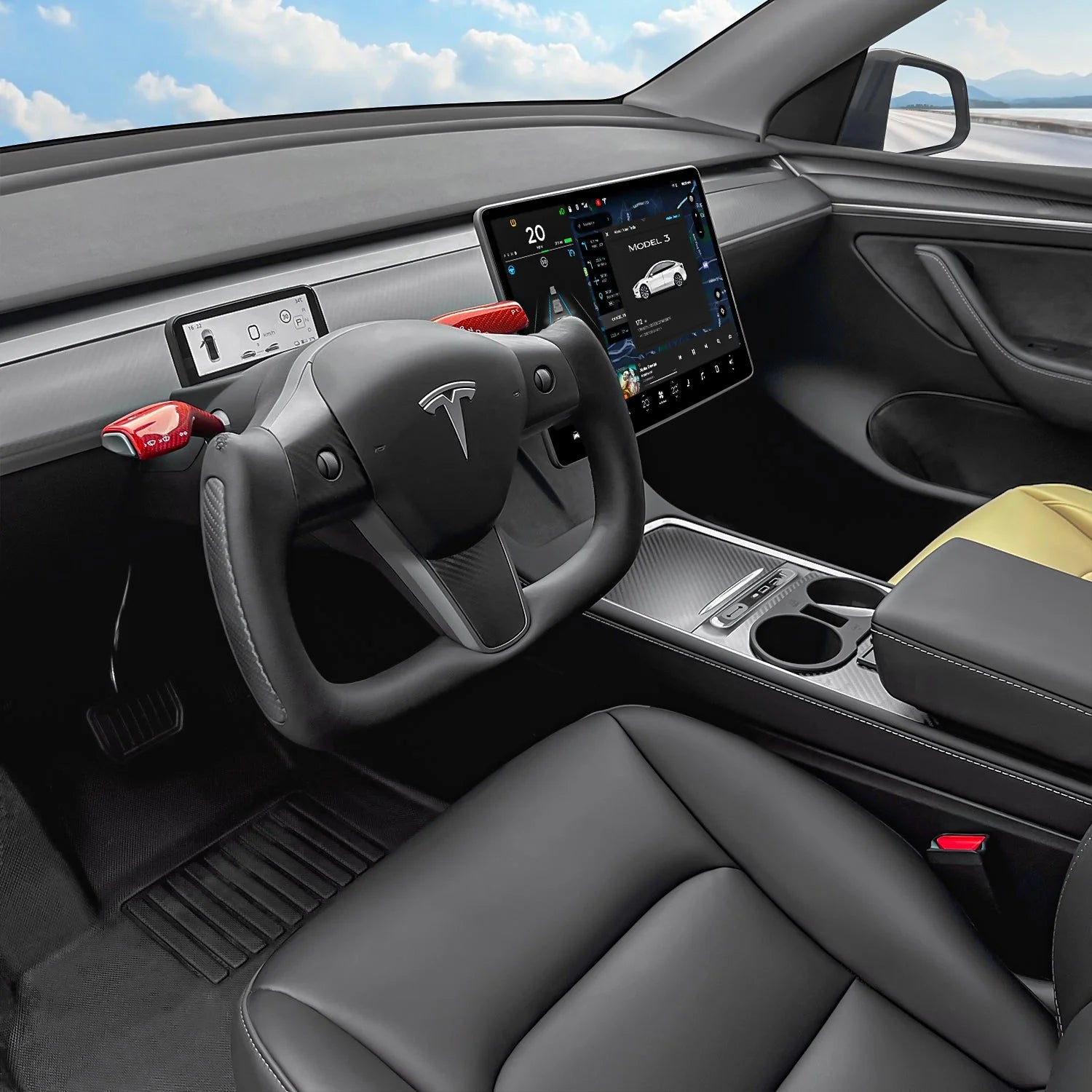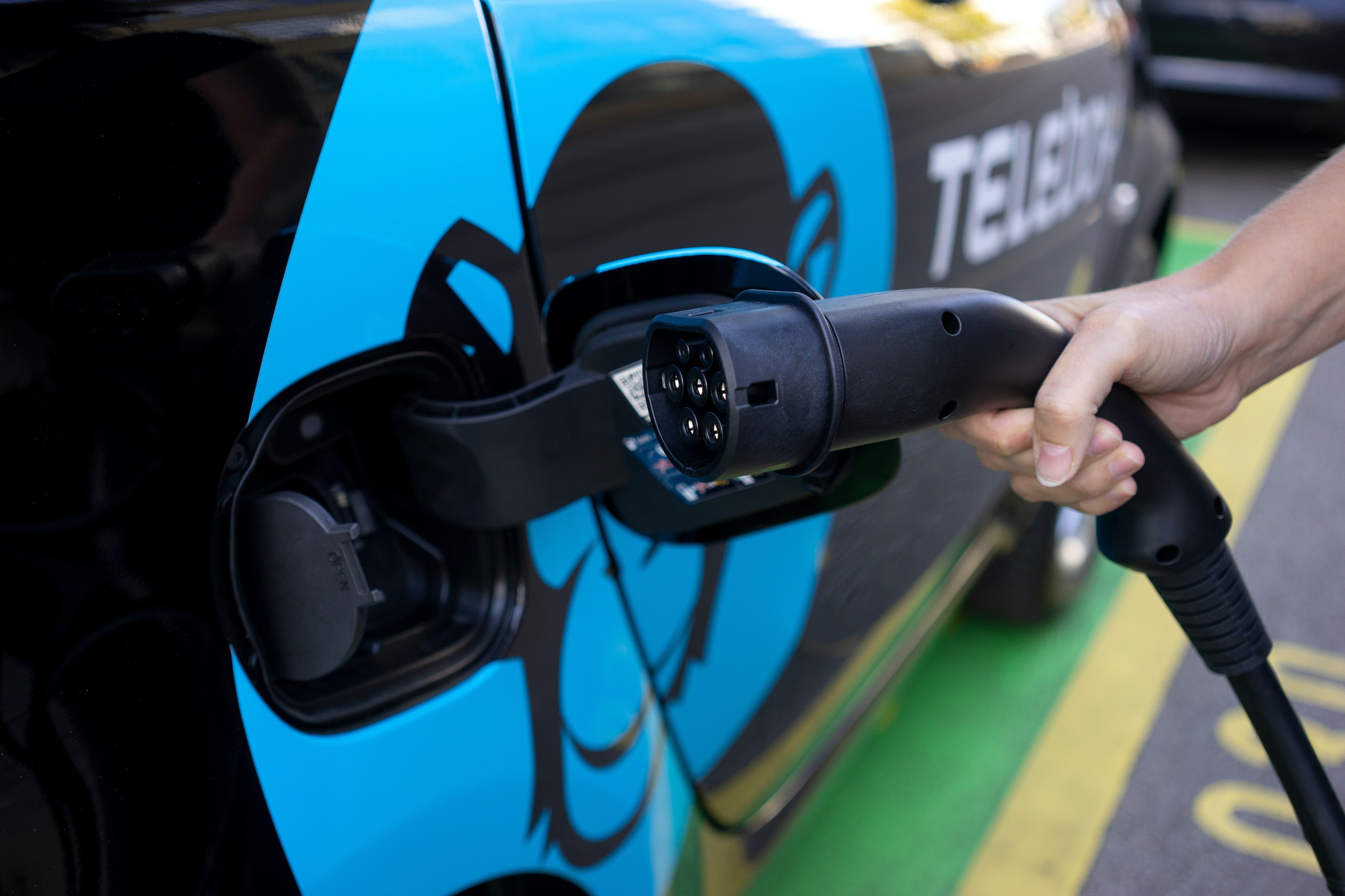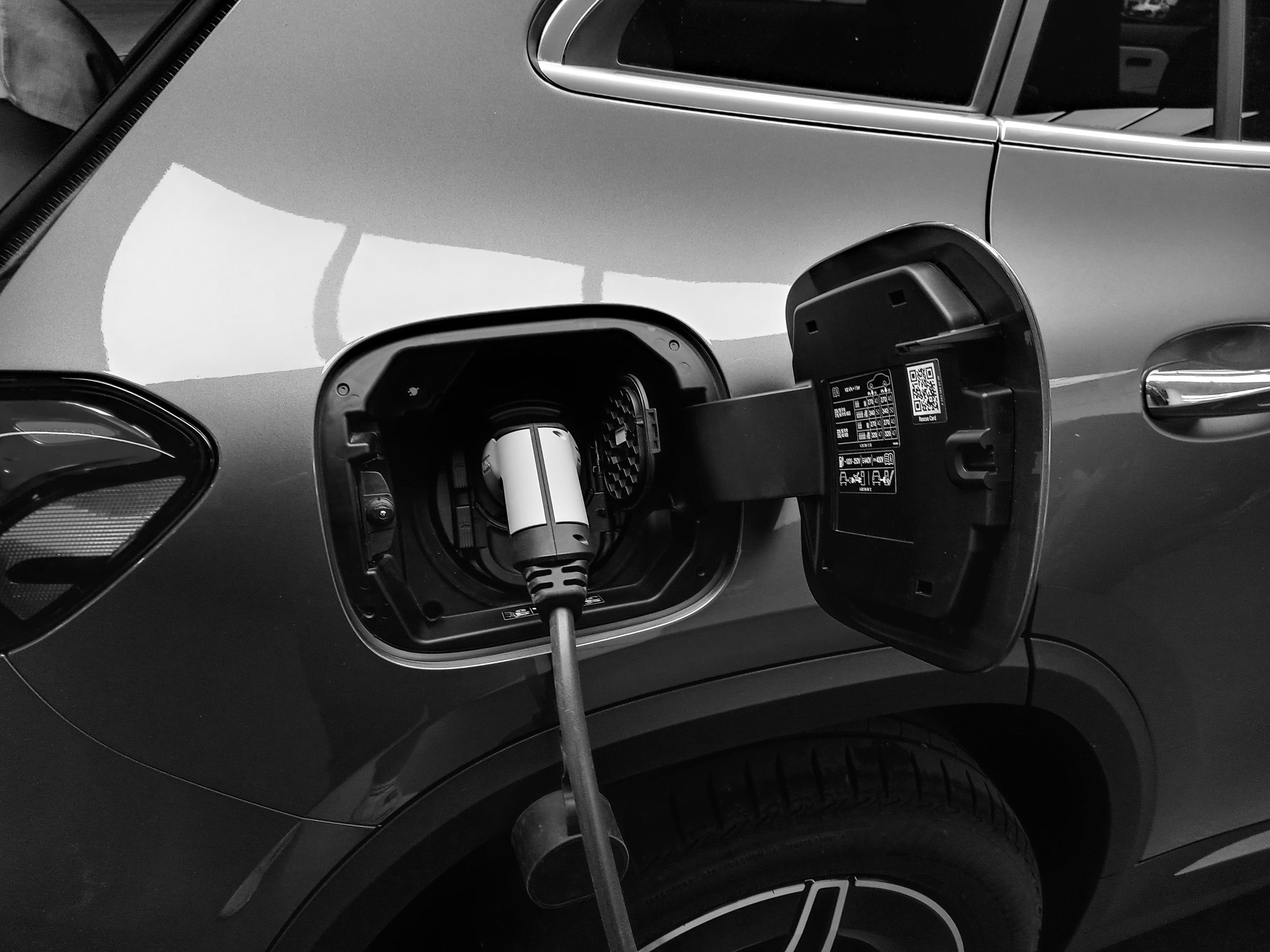The surge in the popularity of electric vehicles (EVs) has been nothing short of spectacular. With global EV sales witnessing a 75% jump in the first quarter of 2022 alone, it’s clear that the world is accelerating towards a greener transportation future. However, as EVs grow in number, so do the questions about their most vital component – the battery. How long do they last? Can they endure the rigors of daily use?
The Importance of Battery Longevity in Electric Vehicles
The heart and soul of an electric vehicle is its battery. Unlike traditional internal combustion engines, which rely on fuel, EVs depend entirely on their batteries for propulsion. This makes battery longevity not just a matter of interest, but of paramount importance. A long-lasting battery ensures consistent performance, fewer replacements over the vehicle's lifespan, and, in the long run, validates the environmental and economic benefits of transitioning to electric mobility.
Common Misconceptions About EV Battery Lifespan
One prevalent misconception stems from our experience with smartphones and laptops. Many consumers equate EV battery degradation with the rapid decline observed in personal electronic devices. The fear that an EV's battery might quickly deteriorate, rendering the vehicle less efficient or even unusable, is a significant deterrent for potential buyers. However, it's essential to note that EV batteries are meticulously designed for endurance. Most research indicates that the average EV battery will likely outlast the vehicle it powers. So, while it's natural to have reservations based on experiences with other gadgets, EVs stand in a league of their own when it comes to battery resilience.

Types of Batteries Used in Electric Vehicles
While there are various types of batteries available, the majority of electric vehicles utilize lithium-ion (Li-ion) batteries. These batteries are favored because of their high energy density, efficiency, and relatively long lifespan. Other battery technologies, such as nickel-metal hydride (NiMH) or lead-acid batteries, are less common in modern EVs due to their lower energy densities and other technical constraints.
How EV Batteries Work
EV batteries store energy from the grid and release it to power the vehicle. They rely on controlled chemical reactions within cells to charge and discharge, serving as the heart of electric vehicles, ensuring their movement and overall performance.
Anatomy of a Battery
At its core, an EV battery is a collection of individual cells grouped together. Each cell consists of three primary components: an anode (negative electrode), a cathode (positive electrode), and an electrolyte that facilitates the movement of ions between the electrodes. When charging or discharging, lithium ions move between the anode and cathode, storing or releasing electrical energy in the process.
Charging and Discharging
Charging an EV battery involves applying an external electrical current, causing lithium ions to move from the cathode to the anode. In this state, the battery stores energy. During discharge (when the vehicle is in use), the process is reversed, with ions moving from the anode back to the cathode, releasing energy that powers the vehicle's electric motor.
Factors That Affect EV Battery Lifespan
As electric vehicles become more commonplace, understanding what affects the lifespan of their batteries becomes crucial. While advancements in lithium-ion technology have made significant strides in longevity, battery life still largely depends on how they're treated.
Charging Habits
Every time an EV battery undergoes a charging cycle, it endures a certain amount of stress, marginally reducing its total capacity. While it might be tempting to plug in your vehicle after every drive, it's beneficial to only charge when necessary. This can help in preserving the battery's health over a longer period.
Fast Charging vs. Slow Charging
Fast Charging: It's a boon for those in a hurry, replenishing your battery quickly. However, frequently relying on fast chargers can introduce more heat to the battery, potentially accelerating wear.
Slow Charging: A more gentle approach, slow charging generates less heat and thus can be more conducive to battery longevity. This method is advisable for routine charging.
Full Charge vs. Partial Charge
A full battery might give a sense of security, but routinely charging it to 100% isn't ideal. Lithium-ion batteries have a natural ebb and flow, and consistently maxing them out can, over time, diminish their total capacity. It's commonly recommended to maintain a charge between 20% and 80% and to avoid letting the battery deplete entirely.
Temperature
Temperature plays a pivotal role in the longevity and performance of an electric vehicle's battery. Both extremes - too hot or too cold - can adversely impact the battery's health. Most EV batteries perform optimally in mild temperatures, typically between 15°C to 25°C (59°F to 77°F). In these conditions, the battery can maintain its charge efficiency and overall capacity.
Hot Climates
Constant exposure to high temperatures can hasten battery degradation. The internal liquids can evaporate in the heat, potentially leading to reduced life.
Cold Climates
Cold conditions can temporarily limit a battery's charging capacity and overall performance. While it might not cause the long-term wear seen in hotter climates, it can affect efficiency and range in colder months.
Mileage and Use
Just like any other vehicle component, an EV battery will experience wear and tear depending on how often and how intensively the vehicle is used. Like any battery, constantly taxing it to its limits (either by frequent high-speed travels or by always waiting until it's nearly empty to charge) can shorten its lifespan. While modern EV batteries are designed to handle daily use efficiently, they still have limits. Consistently exceeding these can lead to a quicker reduction in the battery's overall health and capacity.
Daily Commuting
Regular short trips, if done without frequent charging in between, can be gentler on the battery than long drives that require consecutive fast charges.
Long-Distance Travel
Continuous long drives, especially if reliant on fast charging, can strain the battery over time, potentially impacting its lifespan.




